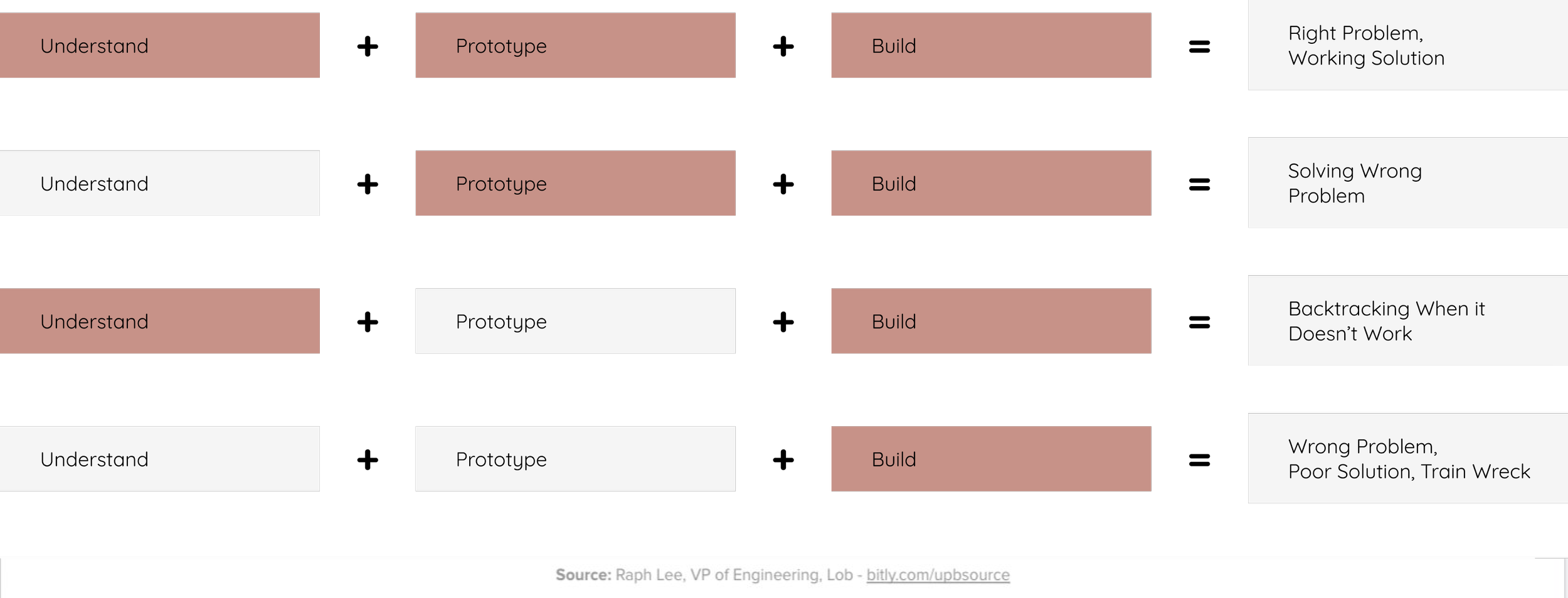Product Development
Process
👇
Product Development Process
For illustration, figure 1.1 represents the Product Development process; you’ll notice the use of the Double Diamond framework overlaid by a standard 7-step product development process of a streamlined B2C company.
As user-centered problem-solvers, we have a lucrative opportunity to increase clarity while reducing risk by identifying problems, fostering a deeper understanding of the user, and defining some of the product requirements.
While the focus of a Design Sprint is to have implementable solutions resulting from the investment, the PSS focuses on the initial phases of the Product Development process, Discover and Define (Figure 1.1)
The Product Strategy Spikes (PSS) focuses on the initial phases of the Product Development process, steps 1 through 4.
Understanding how your team's Product Development process works can give you the ability to ‘right-size’ the problem you are solving for the organization's resources and processes. Meaning, ensure the problem is solvable with the resources given the known variable.
Without understanding the unique and specific problem, you can find yourself with outsized or undersized solutions that may or may not have the right target users (Figure 1.3). Before starting a PSS, ensure you have all the business context needed. We’ll outline what is needed throughout the kit.
Pulling it all together
Product strategies are important for quickly and effectively aligning stakeholders on a product vision and goals. It gives teams the direction they need to begin development without spending too much time debating details that may not be relevant in such early stages of the product life cycle. It's also essential to deeply understand customer needs to ensure new features are developed with their needs in mind.
Next, we will dive into the phases of a Product Strategy Spike; however, we will need a few aspects of the problem space to get started. Let’s review those before we start planning.
Figure 1.2
Figure 1.3
Figure 1.1



